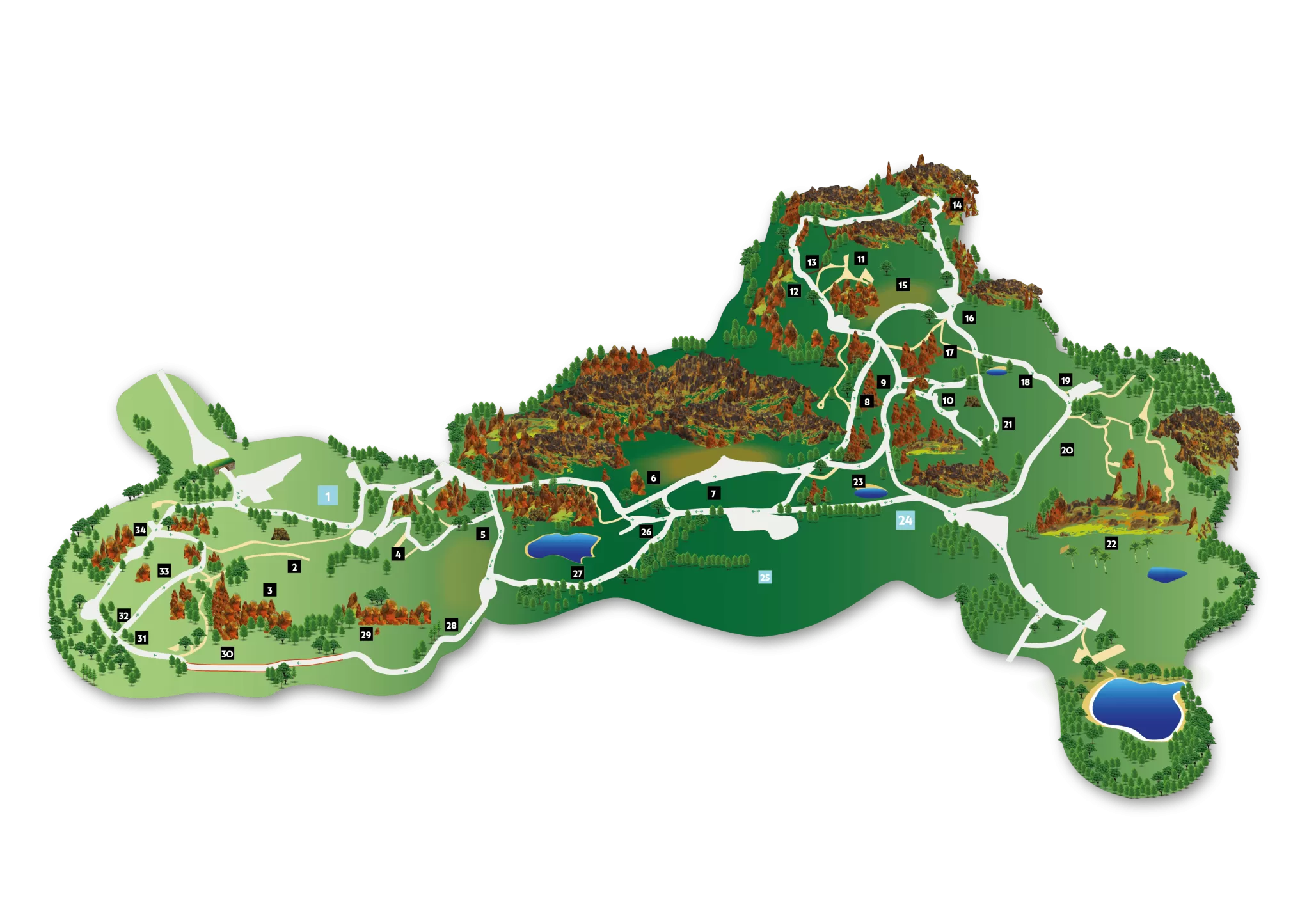
The emu is the only surviving species of the family Dromaius (a genus of Casuariiform birds to which emus and cassowaries belong), as the other two species were driven to extinction by European colonists who arrived in Australia in 1788.
It generally moves alone or in pairs, and when it forms groups, it does so primarily for defensive reasons or for seasonal displacements in search of food. Although it can cover great distances, it is known to be able to go for weeks without eating. It drinks infrequently, but takes advantage of opportunities to consume large quantities of water.
The emu plays an important role as a seed disperser. However, at one point, its activity of dispersing seeds of the prickly pear (chumbera), an invasive plant, caused problems, and it was persecuted for it. Fortunately, a natural solution was found to control the situation.
Its vestigial wings, although not functional for flight, help it stabilize while running at speeds of up to 48 km/h . And its limbs, strong toes, and large claws are a tool it uses both for running and for defense.
Regarding reproduction, the female lays between five and fifteen eggs in several clutches during the season. It is the male who is responsible for incubating them. During this period, males experience significant hormonal changes, such as an increase in luteinizing hormone and testosterone, which causes their testicles to double in size.
The emu egg weighs around 680 grams and has a dark bluish-green color. The nest, formed by a shallow excavation in the ground surrounded by grasses, leaves, and branches, houses the chicks, which are born with a height of 12 cm and weigh half a kilo. These chicks are nidifugous and, within a few days of hatching, can already leave the nest.







































































